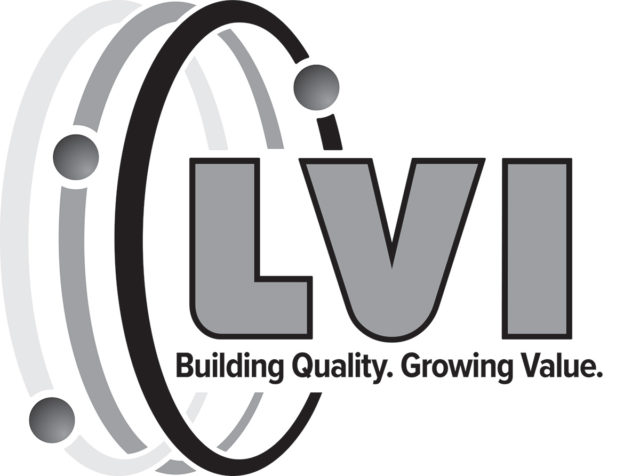I was in Iceland on a Fulbright to write about the Icelandic dairy industry. Someone had pointed me to Arnarstaðir, Gestur’s farm, as an example of the modern technology increasingly taking hold in the sector at that time. It was 2013, but it didn’t feel like that when I stepped into Gestur’s barn.
A systematic scraper went the length of the building every two hours, pushing the manure into grates at the end. Cows and older calves ate at automatic feeders, wearing sensors that a computer recognized as they approached. At one end of the barn was an alley where hay bales were placed, and cows reached through head chutes to get to them. The width of the alley retracted, so a farmer could stock three days of hay there at once and move the chutes closer with a switch as the forage was eaten away. At the other end of the barn was the centerpiece of it all: the milking robot.
Because the automation freed up more of Gestur’s time, he also served as a postman for the area. I rode with him as he stopped in town at an unlocked truck he recognized and threw in the owner’s mail. In such a remote part of Iceland, there were relatively few stops. As we drove by a school, he pointed out that it only had six pupils. The more he showed me just how isolated the surrounding landscape was, the more improbable his farming system seemed.
Like all Icelandic farms, Gestur and his wife, Jónina, also kept sheep and horses. My job was to feed them twice a day and make sure their water was clean. Once, I helped Gestur round up two foals to be shot. Icelanders eat horse meat, considering them the same as any other livestock. Like with sheep, the meat is better when they are young.
Gestur stuck a round bale on the front of the tractor and drove out to the horse pasture. There, he slipped a halter on the first horse that came up to him. “He’s good horse,” he said, and then patted the animal’s loin, wanting me to get on him. Icelandic horses are notoriously small, being about the same size as a pony. I swung my leg over and sat on the stallion bareback while Gestur led me around like a child.
After I dismounted, he tied the horse to the bale and reversed the tractor. The herd of thirty followed the lead gelding into a makeshift holding area before the horse stalls built into the heifer barn. There were four or five foals in the group. Gestur didn’t say how he chose which two got slaughtered. He pointed to a plain brown foal and an ordinary black one while a flecked grey colt with spots scampered away. It might have mattered how cute they were.
I wanted to shoot the foals myself. Although I wouldn’t inherently enjoy it, I was hoping Gestur would hand me the shotgun and allow me to prove myself a farmer’s son. In keeping with the ancient sagas, I would say something poetic before I did it that Gestur would always remember and that would eventually get written down somewhere. It was nothing I hadn’t already experienced growing up. More importantly, slaughtering livestock still felt like a visceral part of farming, one that took a human’s will and resolve. It required accuracy and respect. It was something you couldn’t trust to a robot.
In hindsight, there was probably little chance of Gestur handing a stranger a gun. He might have also gotten nervous about the fact that Americans don’t eat horse meat. Instead, he told me there was cake in the house and he would be in soon.
When I was done feeding the sheep and horses, I sometimes stood behind the freestall gate and watched the milking robot work. The arm of the robot moved stiffly and awkwardly, making right angles beneath the cow. A red line moved over the udder like a scanner at a grocery store. The robot raised a teat cup toward a back teat and jerked it down again when it missed, repeating the motion over and over without seemingly feeling embarrassed until it finally placed it on the cow.
I eventually found myself rooting against the robot.
This column should end by reflecting on how tradition and technology can be negotiated and ultimately stand in concert together. In fact, Iceland has done that very well, preserving their specific culture while embracing modernity. (At the annual rettír, the village still rounds up the sheep or horses out of the mountains, but now they use electronic chips and scanners to identify them.) However, I didn’t have it in me to be that logical or generous to innovation at the time. Instead, I mourned the human touch being lost in the act of milking
There, at Arnarstaðir, I hoped the robot couldn’t find the teats and eventually had to give up and let the cow go. I wanted to see it fail, maybe crash with smoke rising from it, but first attain language just to admit its defeat. I know it was rude. Gestur and Jónina graciously invited me into their house and fed me well, and I was secretly disliking their robot. They were good, progressive farmers, doing smart farming. Still, even if it was unreasonable of me, it didn’t mean I had to like it.
In the end, I wondered if I was connected, through the continuum of time, with the first people to see a tractor drive past them or to be handed a set of milkers. I wondered if it was all part of history repeating itself, and although the feelings seemed my own and original, were instead something predictably regurgitated over and over again in the human experience.
Either way, the moral seems to be this: Even if the technology we use changes, its nature seldom does. New advances will always make our work easier while at the same time changing our relationship to it. No one is suggesting we go backward and give up these advantages, but at the same time maybe it’s also all right to take a moment to miss what is gone.





